India has a great legacy in the realm of Art and Architecture.
Splendid Temples, Grand Palaces, Spectacular Artworks.
But I have often walked through extraordinary works in temples and caves, stared at exquisite paintings and art works in museums and galleries and wished I had a better understanding to appreciate it aesthetically.
That in mind, I approached Artist and Visiting Faculty for Aesthetics at Mumbai University, Sudha Mohan, with a request to take parents through a tour of Indian Art so that they may be able to help children better appreciate this rich legacy. To my pleasant surprise, she was willing and keen to do so!
So here’s Artist Sudha Mohan giving us a peek into the basics of Indian Art.
Appreciation and Aesthetics of Indian Art
“My child will be the next Picasso!!” We hear this said often by parents, as they proudly gaze at their child’s art work.
This is because Picasso is unanimous with Art.
To this, the child would no doubt ask “Who is Picasso?”
While answering this question, would it not be great if a bit of insight about Indian art is also given to kids? Learning begins at home and what better way to introduce beautiful art-forms to your child than by looking homeward?
Understanding Indian Art
Indian art is a broad term and can be traced back to some thousands of years.
It includes sculptures made of stone and metal, paintings, architecture etc.
Ancient Indian art is religious in nature and this influence can be seen even today. A very important characteristic of Indian art is its strong sense of design.
Indian paintings can be broadly classified into Murals and Miniatures.
MURALS
Murals are huge paintings that are done on the walls of a temple, palace or caves. They are very colourful and generally tell us stories from our scriptures.
The most prominent and surviving murals are that in the Ajanta caves in
Aurangabad, the Kerala murals in Mattancherry Palace and Chola Murals in the Brihadisvara temple in Thanjavur district in Tamil Nadu. A few paintings can also be found in Sittanavasal cave in Pudukkottai district in Tamil Nadu.
More than the paintings, stone and metal sculptures have survived the test of time in the Indian climatic conditions.
Ajanta Paintings
The Ajanta caves are rock-cut architecture i.e. it was not built but the entire cave
was carved out from a rock. These caves have some very beautiful murals and sculptures.


The Ajanta paintings are best known for its exquisite forms, lithe figures and illuminating paintings that convey the emotions very beautifully. The paintings in the Ajanta caves are Buddhist religious art.
These masterpieces can be found in caves 1, 2, 16 and 17. They depict the past lives and rebirth of the Buddha, celestial beings and stories from the Jataka.
The paintings in Cave 1 are very well preserved, the most prominent being that of the
Bodhisattvas Padmapani and Vajrapani. They are over-sized paintings on either sides of the Buddha shrine.
The pigments used to paint the murals were derived from naturally occurring substances like the kaolin chalk for white, lamp soot for black, ochre for yellow, lapis lazuli for blue, glauconite for green etc.
The artists worked in difficult conditions and as there was no electricity in those days, their only source of light were oil-lamps and sunshine reflected into the caves by metal mirrors.
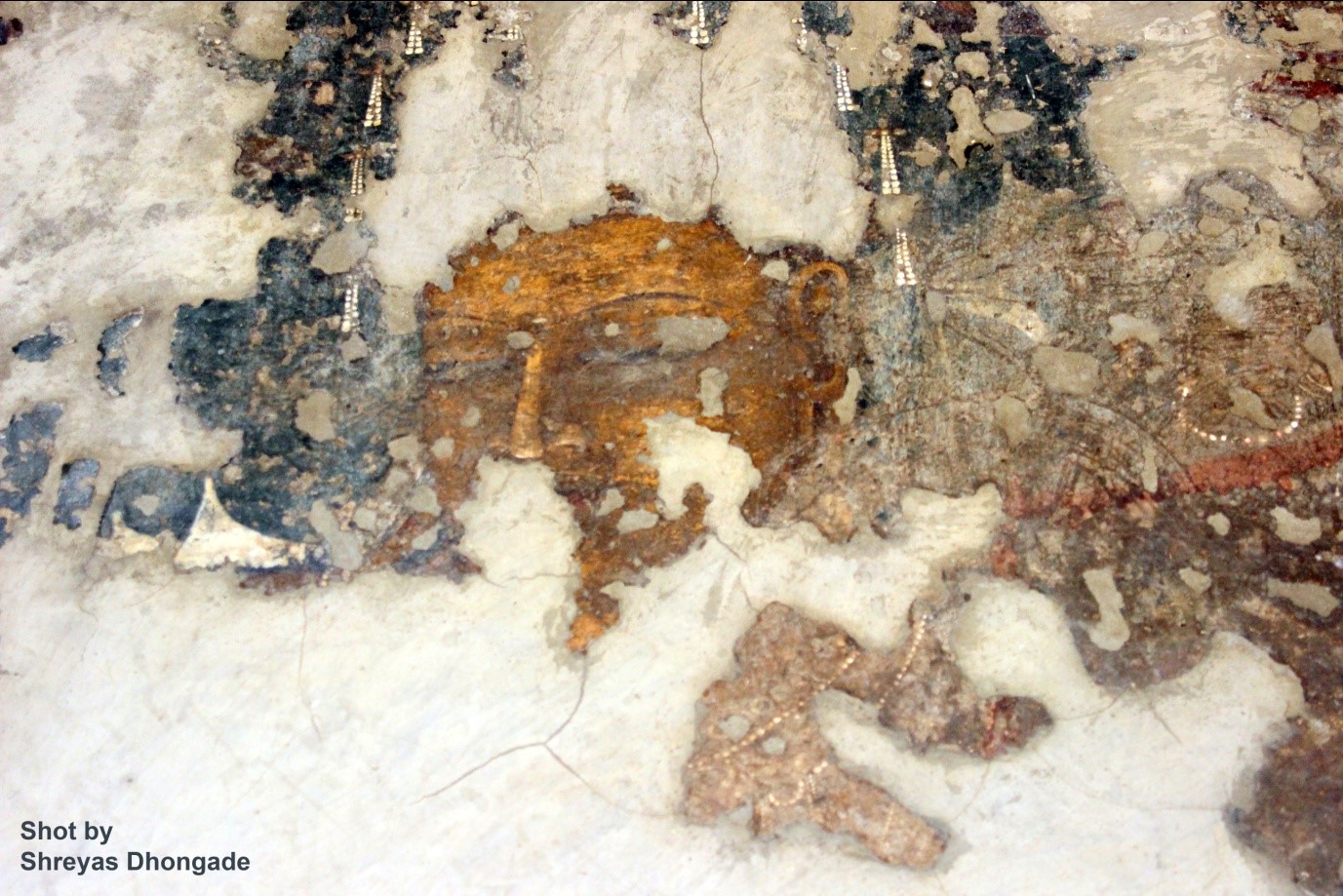
Many paintings are not in a very good condition. It could be because of ageing, ignorance or negligence. Many have been destroyed by culprits who have defaced the walls of the caves.
Kerala Murals
The Kerala mural painting is a tradition followed by the artists to paint the walls of the
palaces and temples, principally in the state of Kerala.
These paintings depict the mythology and legends from the Mahabharata, the Ramayana and other Hindu religious texts.
The paintings are very vibrant and bright. The ‘Gajendra Moksham’ mural painting in the Krishnapuram Palace and the ‘Anantha Shayanam’ mural painting in the Pallikurup
Mahavishnu Temple are considered masterpieces amongst others.

Only certain colours are permitted in the paintings and the artists have to work only with those colours. Naturally available pigments and vegetable colours are used by the artists.
Chola Murals
These are the exquisite thousand year old paintings from the time of the then ruler of
Southern India, Rajaraja Chola.
These paintings were covered with a layer of paintings during the Nayak period. But when the Nayak paintings started chipping off, the ancient paintings were discovered.
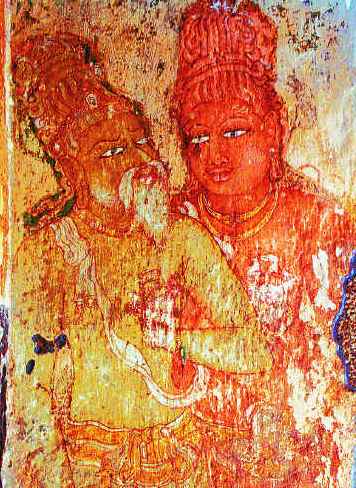
The theme of these paintings is Shaiva, where Shiva is shown as Dakshinamurthy.
Then there is the Chola king worshipping Nataraja. There is also a panel that shows Ravana at the Kailash Mountain. But none of these panels could be completely revived as they had been destroyed by the soot from the lamps.
Sittanavasal Caves
These are Jaina complex of caves in Pudukottai district of Tamil Nadu. The paintings mainly show the Jaina Tirthankars. Some ceilings show beautiful lotus pond with birds and fishes and a variety of flora and fauna.
The style of the paintings in these caves is compared with that of paintings in Ajanta caves. These decorative paintings are depicted on the ceilings, on the pillars and on the walls. However, they are in a very dilapidated condition as they bore the brunt of vandalism.
Ornamentation in the paintings
The ornaments adorning the characters in the paintings and sculptures are painstakingly
recreated. They also show the hairstyles sported in those days by the laymen and the royals.
The Ajanta murals itself depicts some 72 different hairstyles on the characters drawn.
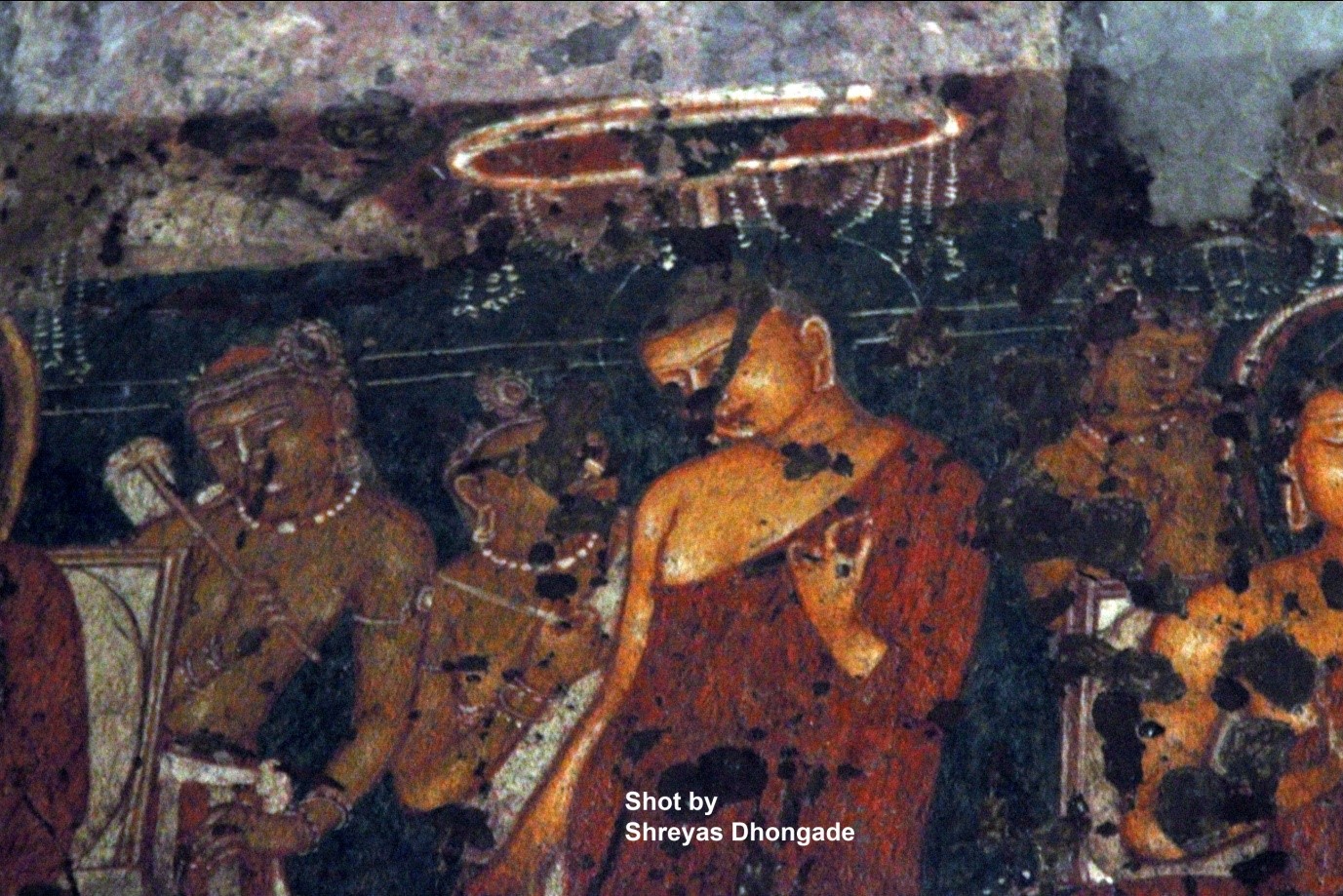
Except the Buddha, all characters are shown with different ornamentation and hairstyles. Similarly the Chola murals have rich embellishments on the divine figures. For eg. Shiva is depicted as Tripurantaka and is shown bedecked with extraordinary jewels.
All Indian paintings followed the principles of the Chitra sutra from the Vishnudharmottara Purana which laid down detailed specifications of how every character ought to be depicted in art.
For instance, the text laid down that sages ought to be shown having a beard, Gods must be shown towering over the common man, so on and so forth. So it was all a very well documented and structured system.
Having taken a brief look at Murals, let’s now examine Miniatures.
MINIATURE PAINTINGS
Miniature Paintings are a small version of paintings, as compared with murals.
They were first done on palm leaves as etchings to the accompanying texts. Then after paper came into use, miniatures were drawn on them and embellished with gold paints and many times with precious stones.
We can find old miniature paintings in museums and it is worth a dekho. They depict the life of kings, tales from popular epics like the Mahabharata and the Ramayana and local legends.
Miniature paintings reached their zenith at the time of Mughal Emperor Akbar.
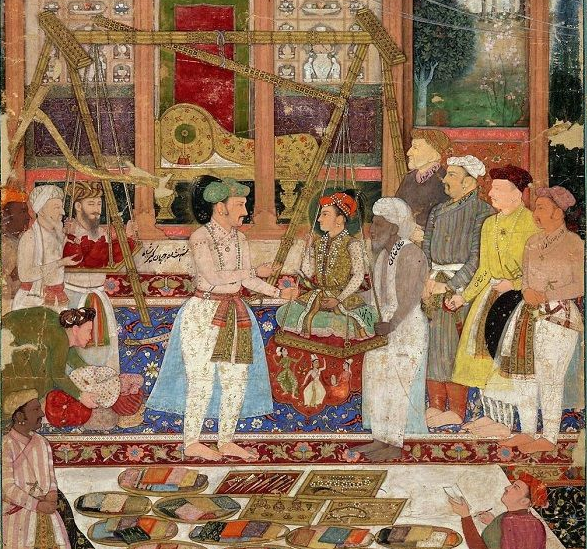
The Mughal miniatures as also other miniatures works like Pahari Paintings bring alive the life and times of medieval India, throwing light upon our history.
As one travels around India and introduces children to Indian Art, it is also important to tell them that these beautiful and delicate works of art are a legacy left behind by our ancestors.
Ancient archaeological sites and museums are not playgrounds. They are a piece of our rich history and fascinating culture. Going forward, it is their responsibility and duty to preserve and celebrate this legacy.
———
Thanking Sudha Mohan for introducing readers to Murals and Miniatures – the two principle categories of Indian Art.
There are of course plenty of other questions – What is a relief? What is a fresco? What is a lintel? Why is the Buddha always shown with long ears? How did Painting serve as a source of History? So on and so forth.
Artist and Art Educator Shreyas Dhongade will be addressing some of the other fundamental questions in his upcoming articles on Introducing Children to Indian Art. And we will also be covering how Art has served as a source of Indian History.
The coming weeks have plenty in store. Subscribe to the Site Newsletter to stay tuned for more!
CONTRIBUTORS

After having worked in the corporate world for many years, Sudha Mohan was drawn to Painting, her first love and became a full-time artist . With a Masters in Philosophy and an MPhil in Hermeunetics and Aesthetics, she currently teaches at Mumbai University and at St Xavier’s College Mumbai. Aside from Painting, Sudha also writes poetry.
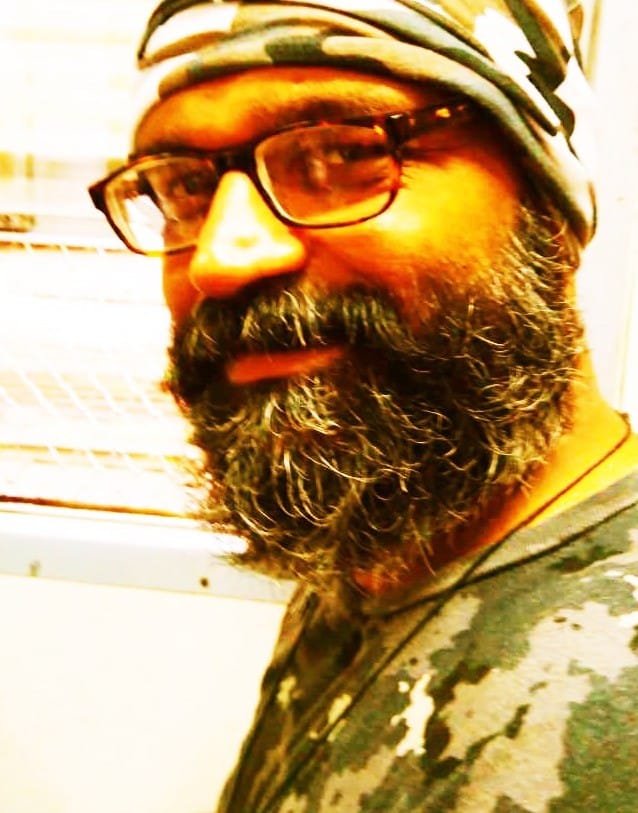
Shreyas Dhongade is an Alumni of Sir J.J. School of Art Mumbai with a Masters degree in Abstract Art. He is a practicing artist and an art educator with an eye for photography and visual art. An avid traveler, Shreyas’ work will soon be featured at the Jehangir Art Gallery from 13th to 19th February 2019. The Artworks can be viewed at www.gallery7.com and Shreyas can be reached at shreyas.shrikant@gmail.com

Gomathi Ganesh is an artist and a pranic healer who has helped several patients with her remedies. Gomathi is particularly drawn to Indian painting traditions and is excited to learn and grow her repertoire.
Looking for more on Indian Art? Click here.
Looking for something on Indian Sculpture? Click here
Want tips on Making History more Interesting for Children? Click here.

Trackbacks and Pingbacks